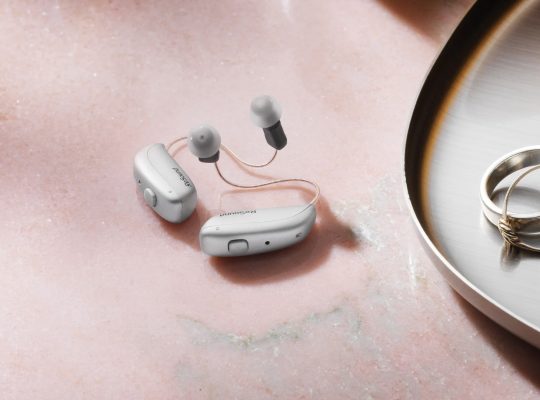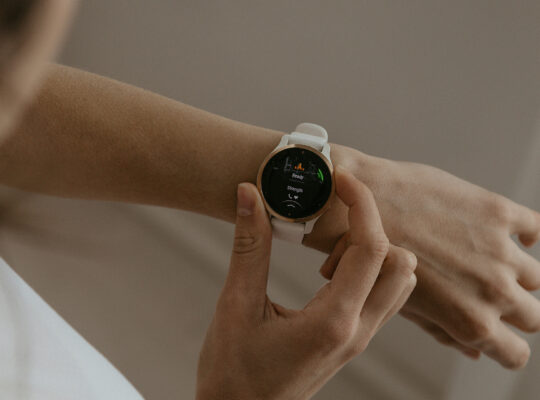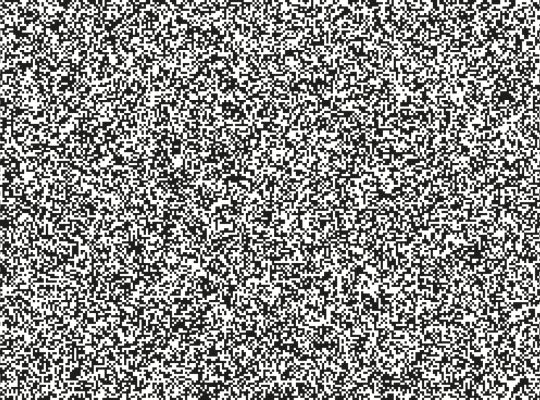If you have ever attended a concert, you may have noticed that the drummer is often surrounded by a transparent screen. This phenomenon raises questions for many people. Is it meant to protect the drummer, or does it have another purpose? In this blog, we explain why drummers often use a screen during concerts, what the benefits are, and what impact it has on both the music and the musicians.
Sound insulation and volume control
One of the main reasons for using a screen around the drummer is sound isolation. Drums are naturally loud instruments, and in a concert setting they can easily overpower the sound of other instruments and vocals. The screen helps to reduce the sound volume of the drums, making it easier to create a balanced mix for the audience.
- Reduction of crosstalk: By shielding the drums, their sound is prevented from being picked up by the microphones of other instruments. This is especially important with sensitive microphones intended for vocals or acoustic instruments.
- Ear protection: For musicians close to the drummer, such as guitarists or singers, the loud sound of the drums can be damaging to their hearing. The screen acts as a barrier, making the sound less intense.
Control over the sound mix
Using a screen makes it easier for sound engineers to create a clear and balanced mix. In live situations, the sound of the drums can sound different in different parts of the venue. The screen makes the sound more controlled, leading to a more consistent experience for the audience.
- Individual control: A screen allows the drummer to be amplified individually via microphones. This allows the sound to be adapted to the acoustics of the venue.
- Focus on details: The other instruments and vocals remain clearly audible without being drowned out by the drums.
Reduction of feedback
Feedback occurs when sound from the speakers is picked up again by the microphones, resulting in an unpleasant squeaking sound. At concerts with high sound volume, this is a common problem. The screen around the drummer helps to prevent this by ensuring that drum sound does not go directly into other microphones.
Room acoustics
The acoustics of a concert hall play a big role in the decision to use a screen. In smaller venues or on stages with poor soundproofing, drums can quickly sound too loud. The screen limits the spread of sound, controlling it better and minimizing the natural reverberation of the room.
Visual benefits
Although the screen has primarily a functional purpose, it can also add a visual element to the show. Modern drum screens are often made of clear Plexiglas, so the audience can still clearly see the drummer. This adds to the aesthetics of the stage without compromising the technical benefits.
Use in recording
In addition to live concerts, drum screens are often used in recording studios. During recordings, it is crucial to record each instrument separately without unwanted noise from other sources. The screen helps to acoustically isolate the drums, resulting in a cleaner sound that can be more easily mixed later.
Alternatives to a drum screen
Although drum screens are popular, there are also alternatives for controlling the drum sound:
- Electronic drums: These offer volume control without the need for a physical screen. However, electronic drums are not always suitable for all styles of music.
- Damping materials: Some drummers use special mats, pads or covers to reduce the sound of their drums.
- In-ear monitors: These help musicians hear themselves and each other better, which can reduce overall stage volume.
Impact on the drummer
Although drum screens offer many advantages, there are also some disadvantages for the drummer himself. The screen can make the drummer feel isolated from the rest of the band. To solve this problem, monitors or in-ear systems are often used that allow the drummer to hear the other musicians clearly.
Summary
Drum screens are an indispensable tool for concerts and recordings. They help control sound volume, reduce feedback and create a balanced mix, while providing protection for musicians’ ears. Although alternatives are available, screens remain a popular choice because of their versatility and effectiveness. So the next time you see a drummer sitting behind a screen, you’ll know exactly why that is!








